Oh dark circles! How many of you wake up with them and wish you could vanish them? My hands are raised!
Dark circles are a pesky problem for many of us – both women and men, of all ages. And to make matters worse, they become more prominent when we get older.
I didn’t have dark circles until recently. And this is one sign that I’m getting older, even if the rest of my face is doing ok. Ack! 🙂
Let’s take a look at the causes dark circles and what can be done about them.
What Causes Dark Circles?
Dark circles may be caused by a range of factors.
Genetics
Unfortunately, dark circles may be due to your genes. There’s nothing that can be done about it 🙁 But you can camouflage dark circles with makeup, which I talk about below.
Blood Leakage & Pooling
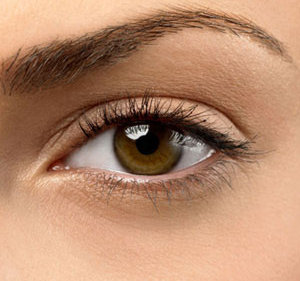 Blood capillaries can sometimes leak. Capillaries are the smallest type of blood vessels in the body. The walls of capillaries are extremely thin and can therefore rupture easily.
Blood capillaries can sometimes leak. Capillaries are the smallest type of blood vessels in the body. The walls of capillaries are extremely thin and can therefore rupture easily.
Leakage in the capillaries leads to blood pooling underneath the skin. Because the skin around the eyes is so thin, this blood shows up as a dark purple color. The color is due to the hemoglobin in blood oxidized by sunlight.
And what causes capillaries to leak? It can be due to poor circulation, a lack of sleep, allergies, genetics, or blunt force.
For example, capillaries can burst if too much pressure is applied to skin. If you fall down and hit an object or get punched in the eye, what happens? You get a dark bruise (“black eye”).
Thinning Skin
A common reason for dark circles is aging. When we age, we lose fat and collagen.
Fat makes up the lowest layer of skin. It lies beneath the dermis, and gives the skin cushioning support. Collagen is primarily found in the middle layer of skin (dermis), and provides structural support and strength to skin.
The skin around the eyes is the thinnest on the face. The blood capillaries there are closer to the surface, which makes the bluish color of the blood more visible. With fat and collagen loss, skin becomes thinner and blood vessels become more visible.
Shadowing
This is also due to aging. With fat loss from aging, the eyes become more hollow. The hollowing creates a shadow effect that makes the skin underneath the eyes appear darker.
Inflammation
When skin becomes irritated, it triggers inflammation. One consequence of inflammation is hyperpigmentation. This kind is known as post-inflammatory hyperpigmentation.
Inflammation in the eye area is typically triggered by irritating cosmetic ingredients, rubbing the eyes, or tugging the skin. Seasonal allergies or allergic reactions are also a common source of inflammation in the eye area.
Sun
Dark circles may also be due to hyperpigmentation caused by the sun. UV light stimulates the production of melanin, the pigment that gives color to your skin, hair, and eyes and makes you tan.
Lifestyle
And then there are lifestyle factors – a lack of sleep, stress, smoking, excessive alcohol, hormonal changes (pregnancy, menstruation, menopause), vitamin deficiencies, allergies, and medications to name a few.
Stress is also a big one. It’s one of the hidden sources of inflammation.
How to Treat Dark Circles
Treating dark circles is not easy. And the best approach is to apply several methods: chemical (ingredients), mechanical (massage), and stress reduction activities.
A. CHEMICAL TREATMENTS (INGREDIENTS)
There are a few ingredients in skin care that can address some of the causes above.
Unfortunately, skin care products can’t change genetics or replace fat loss. But they can help:
- minimize capillary leakage
- increase circulation
- increase antioxidant protection
- boost collagen production
- reduce inflammation
- block steps in the pigmentation process
Eye treatments for dark circles and puffy eyes typically contain a blend of ingredients that perform some of the above functions.
You can also apply an eye mask for a more intense treatment once or twice a week.
Vitamin K
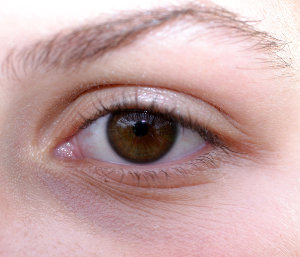 Vitamin K as an ingredient in skin care can help prevent leakage by helping the blood to clot more efficiently. This is the same ingredient that is used to treat bruising.
Vitamin K as an ingredient in skin care can help prevent leakage by helping the blood to clot more efficiently. This is the same ingredient that is used to treat bruising.
You can also get Vitamin K from food, such as leafy greens (kale, collards, and spinach are excellent sources), meat, eggs, and fermented foods. Vitamin K consumed in its natural form can strengthen capillary walls, which in turn minimizes leakage.
Caffeine, Hesperidin & Niacinamide
Ingredients that stimulate blood circulation and reduce vascular congestion help. Caffeine, Hesperidin (often appearing as Hesperidin Methyl Chalcone), and Niacinamide are common ones in eye treatments.
Horse Chestnut (Aesculus Hippocastanum)
A botanical extract that contains a saponin called aescin. Aescin promotes the strength and elasticity of capillary walls, which helps prevent leakage. Horse chestnut is often used to treat dark circles, redness, and visible capillaries.
Vitamin C
Vitamin C is an essential ingredient required for collagen synthesis. When you increase Vitamin C levels, your skin can produce more collagen, which helps thicken the overlying skin.
Peptides & Other Collagen-Boosting Ingredients
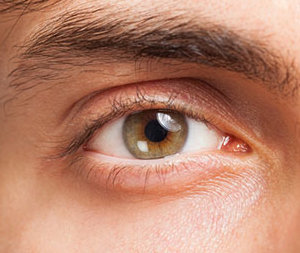 Peptides are used in skin care for a variety of purposes, the biggest one being collagen production. Peptides in eye treatments boost collagen levels to thicken skin.
Peptides are used in skin care for a variety of purposes, the biggest one being collagen production. Peptides in eye treatments boost collagen levels to thicken skin.
It’s becoming more common to see trade ingredients mentioned on an ingredient label. Trade ingredients are patented blends of ingredients created by ingredient suppliers or brands.
Some common trade ingredients for treating the eyes are:
- REGU-AGE
- Haloxyl
- Eyeseryl
- Lumisphere
There are more. New and better ingredients are always coming out.
Brightening Ingredients
When you have hyperpigmentation, the natural course of action is to apply brightening ingredients that block steps in the pigmentation process. You can read all about brightening ingredients here.
Anti-Inflammatory Ingredients
Ingredients that reduce inflammation also address dark circles caused by allergies and irritation. You can see a list of common anti-inflammatory ingredients here.
B. MECHANICAL TREATMENTS
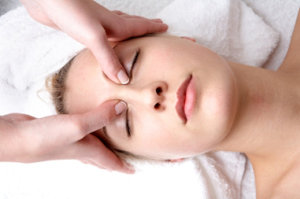 Lymphatic Drainage
Lymphatic Drainage
Lymphatic drainage, a soft massage, or pressure point massage improves blood circulation and increases the efficiency of waste removal.
Let a skin care professional do this massage for you, because lymph flows in certain directions with specific starting and ending points. Lymphatic massage needs to be done correctly for it to be effective.
C. STRESS REDUCTION
Do things that can de-stress your mind and body – exercise, meditation, yoga, or whatever activity relaxes you.
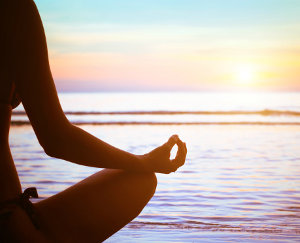 Sleep is great. You know what they say about the importance of beauty sleep. Sleep is great for rejuvenating and de-stressing the body. Much of cellular repair happens at night when we sleep.
Sleep is great. You know what they say about the importance of beauty sleep. Sleep is great for rejuvenating and de-stressing the body. Much of cellular repair happens at night when we sleep.
Most of us need more sleep. If you can’t squeeze in more hours at night, try short naps. A 20-30 min nap is refreshing.
I take a 25 minute cat nap when I can. A nap gives me a tremendous lift in energy. My skin looks better too.
The trick is to figure out the right amount of time to nap. There are sleep studies that have demonstrated ideal times based on circadian rhythms. Generally, the ideal time for a refreshing nap is less than 30 min. Too long of a nap can make you groggy.
D. CAMOUFLAGE MAKEUP
Makeup with optical diffusers, such as light diffusing pearl technology, can deflect light that lessens the intensity of dark circles and minimizes shadowing caused by hollowing.
This technology appears in a lot of makeup now. To find this kind of makeup, enter the search term “dark circles” in the search box of a beauty retail site. It should surface makeup products that address dark circles.
You can also highlight shadowed areas using a makeup highlighter product.
Words of Advice
So what’s the best thing to do? The simplest approach is 3 things:
- Invest in an eye treatment or cream, preferably one that specifically mentions dark circles
- Get more sleep
- Find ways to keep stress down, as this is a major cause of underlying inflammation
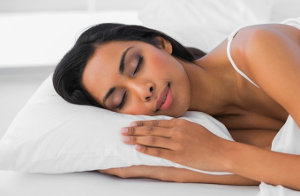 Because there are various causes of dark circles, and because they are different for each person, it is tough to produce an eye treatment that works for everyone.
Because there are various causes of dark circles, and because they are different for each person, it is tough to produce an eye treatment that works for everyone.
And consequently, eye treatments on the market run the gamut in what they contain. Unfortunately for you, that means finding a dark circle treatment that works is difficult, and requires a lot of trial and error.
But the first step is to use an eye product formulated to treat dark circles and/or puffy eyes. Not all eye products do that. Some eye creams are just moisturizers that keep the skin from drying out.
Even within eye treatments for dark circles and puffy eyes, you still need to look at the ingredients. (Skin care products always claim to do everything.) The reality is, an eye treatment may target dark circles more than puffy eyes, or vice versa. This is why I pointed out some key ingredients above.
Many eye creams are multi-tasking and designed to treat a range of eye concerns – dark circles, puffiness, fine lines and wrinkles, and sagging lids. So if you don’t have the desire or time to analyze eye treatments, then just choose an anti-aging eye cream that you like to use and – one that keeps the skin around your eyes moisturized.

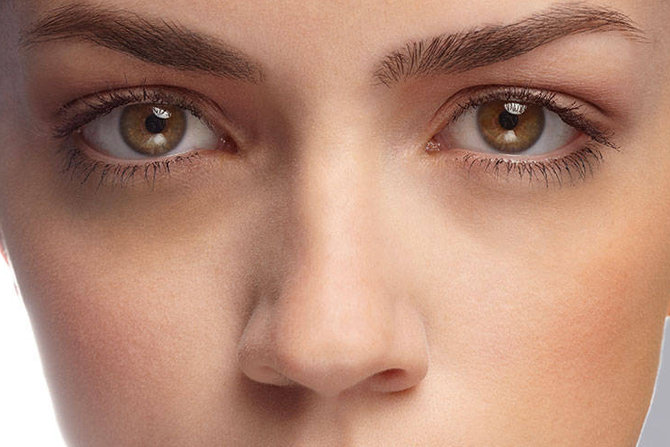
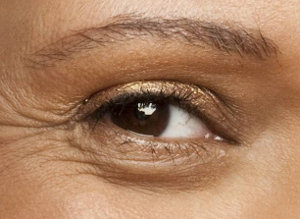
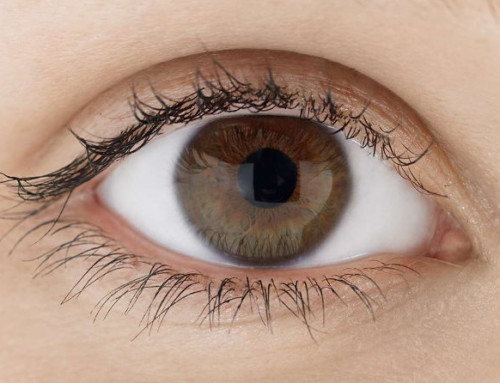
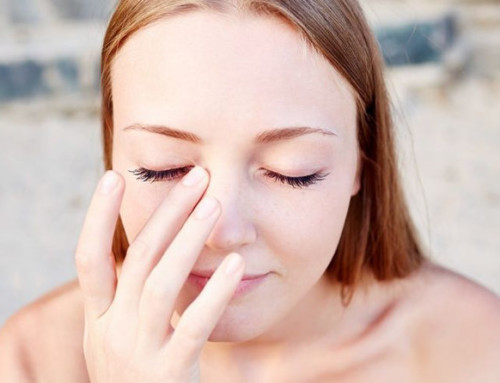
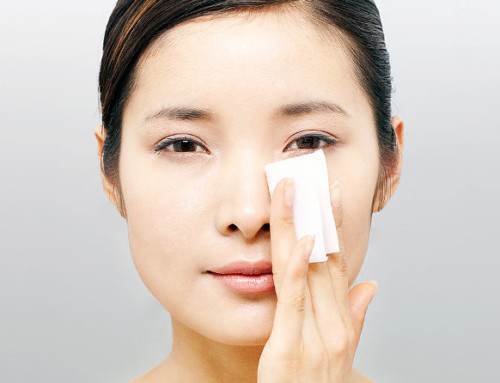
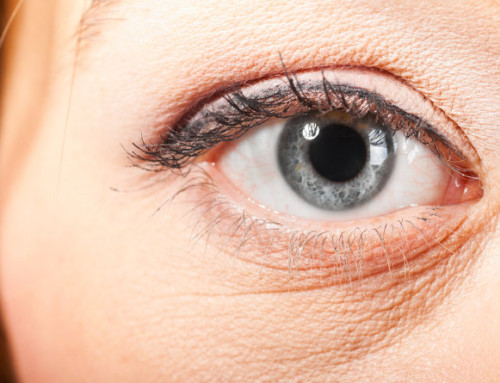
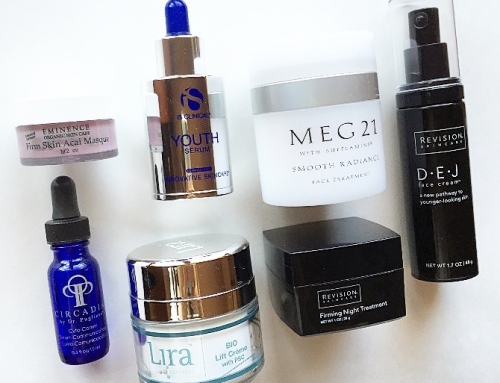

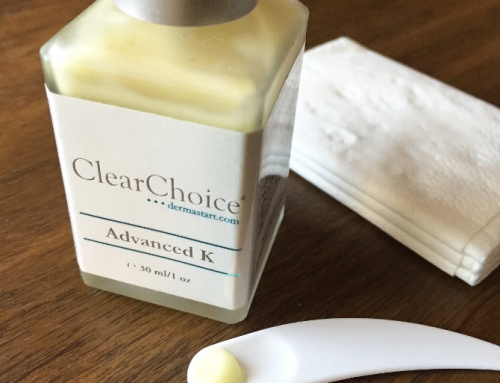
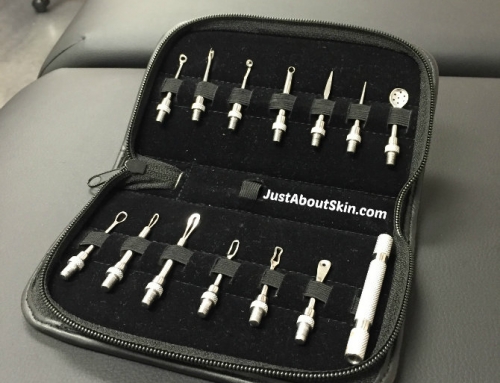
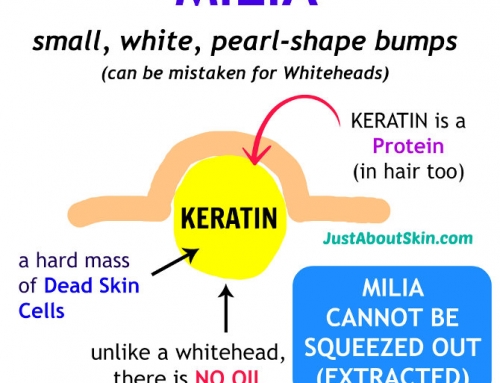
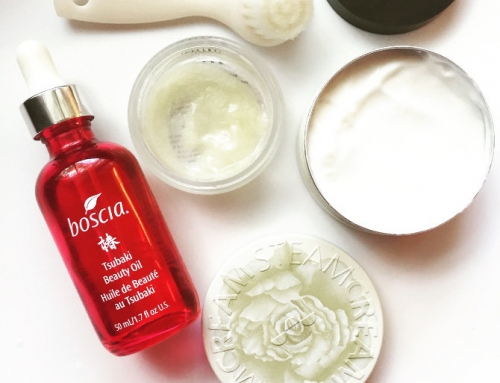
Thanks for this useful information. Can you recommend an eye cream or eye mask for dark circles? Thanks so much 🙂
Hi, as I mentioned in my reply to your other question on the Serums article, I’m unable to give you customized product recommendations here. But I offer this as a service, which you can learn about here. If you’re interested in this service, I would love to help you.